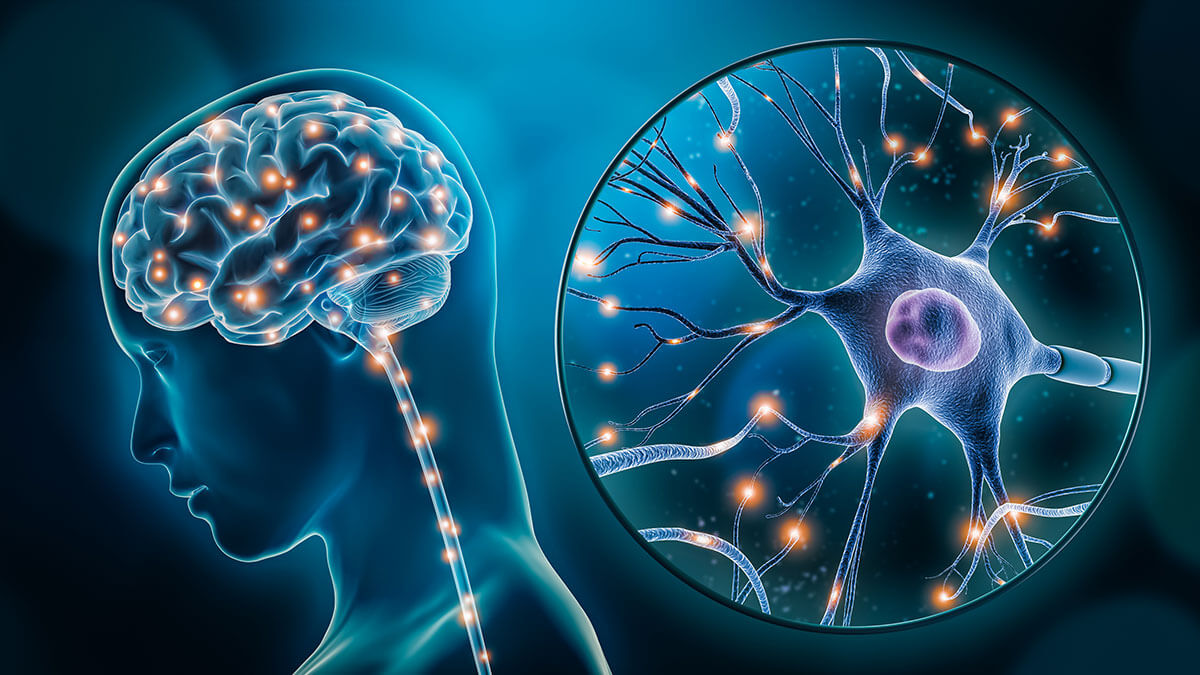The growing understanding of the nature of brain plasticity has improved and shaped physical therapy rehabilitation interventions. Neuroplasticity is the basis for both learning in the intact brain and relearning from a damaged brain.
What Is Neuroplasticity?
Neuroplasticity refers to the capacity of the brain and spinal cord (Central Nervous System) to change. Neurons have the capacity to change their structure and function based on the inputs generated by activity and learning. Plasticity takes place constantly and can be positive (adaptive) or negative (maladaptive).
How Does Neuroplasticity Relate to Physical Therapy?
This concept allows us to relearn movements after an injury takes place. Physical Therapists can tailor their treatments based on these concepts to maximize the process of motor learning.
Research confirms that “neuroplasticity is best stimulated by intense repetitions that challenges yet does not exhaust the nervous system” (Kleim & Jones 2019). Specific treatments can lead to neural reorganization that can promote recovery.
What Are the Principles of Neuroplasticity That Physical Therapists Follow?
If you are suffering from an injury that is preventing you from participating in the activities you love, physical therapy can help you restore your motion. Call Respire Physical Therapy today at 703-671-1871 or click here to schedule an initial evaluation with one of our Physical Therapists.
Citation
- Kleim JA, Jones TA. Principles of experience-dependent neural plasticity: implications for rehabilitation after brain damage. J Speech Lang Hear Res. 2008;51:S225–S239.
- Nudo RJ, Wise BM, SiFuentes F, Milliken GW. Neural substrates for the effects of rehabilitative training on motor recovery after ischemic infarct. Science. 1996;272(5269):1791–1794.
Tags: physical health, choosept, arlingtonva, alexandriava, fallschurchva, ptworks, health blog, Physical Therapy, movementfreedom, Respire Physical Therapy, neuroplasticity, physical therapist, evidenced based pt



